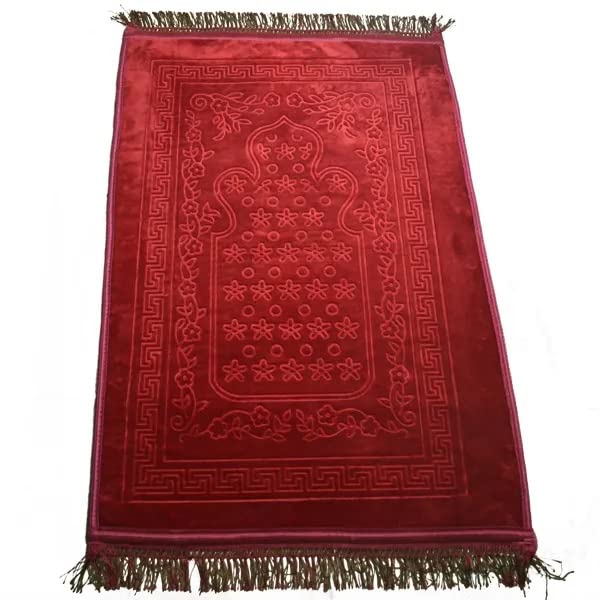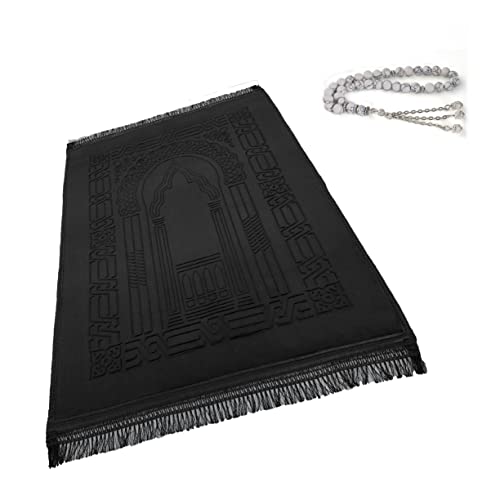The Significance of Prayer Rugs in Islamic Worship
In Islamic worship, the use of a prayer rug is considered a sacred and essential aspect of the ritual. Every Muslim who is able to afford one is required to possess such a rug for performing their daily prayers. The use of a prayer rug is not just a matter of comfort, but there is also symbolic and functional value in its usage during prayer.
The Practical Benefits of Prayer Rugs in Islam
Prayer rugs serve practical functions in Islamic worship, such as providing a clean and soft surface for prayers. Since Muslims are urged to keep their prayer area pristine before praying, using a rug is an effective way to maintain cleanliness and hygiene during prayer. Prayer rugs are also typically designed to be large enough to accommodate the entire body lengthwise, ensuring that the body remains entirely within the area.”
The Symbolic Value of Prayer Rugs
The prayer rug has a symbolic role as well. To a Muslim, the rug represents a personal place to communicate with Allah, a momentary release from the world around us, a chance to focus on one’s faith and devotion. In addition, the rug also symbolizes the Prophet Mohammed’s devoted prayer, and thus when a Muslims kneels on the rug to offer their prayers, they follow the pattern set by their role model.
The Islamic Tradition of Using Prayer Rugs
Prayer rugs have been a part of Islamic tradition for centuries. It is believed that in early Islamic history, Muslims would pray on anything that was available – rocks, dirt, or even animal furs. It wasn’t until much later that the prayer rug came into regular use. They were commonly used during times of war and nomadic travel, where its functionality made it significantly easier, cleaner, and more comfortable to pray.
The Importance of a Prayer Rug in Islam Today
The prayer rug continues to play a vital role in Islamic worship today. Its practical and symbolic significance is not only spoken about in Islamic traditions but also served as an example for modesty and devotion. Its use remains ubiquitous and is considered a necessary component of prayer within the Islamic faith – allowing Muslims to maintain their culture, heritage, and dedication to Allah’s worship.






